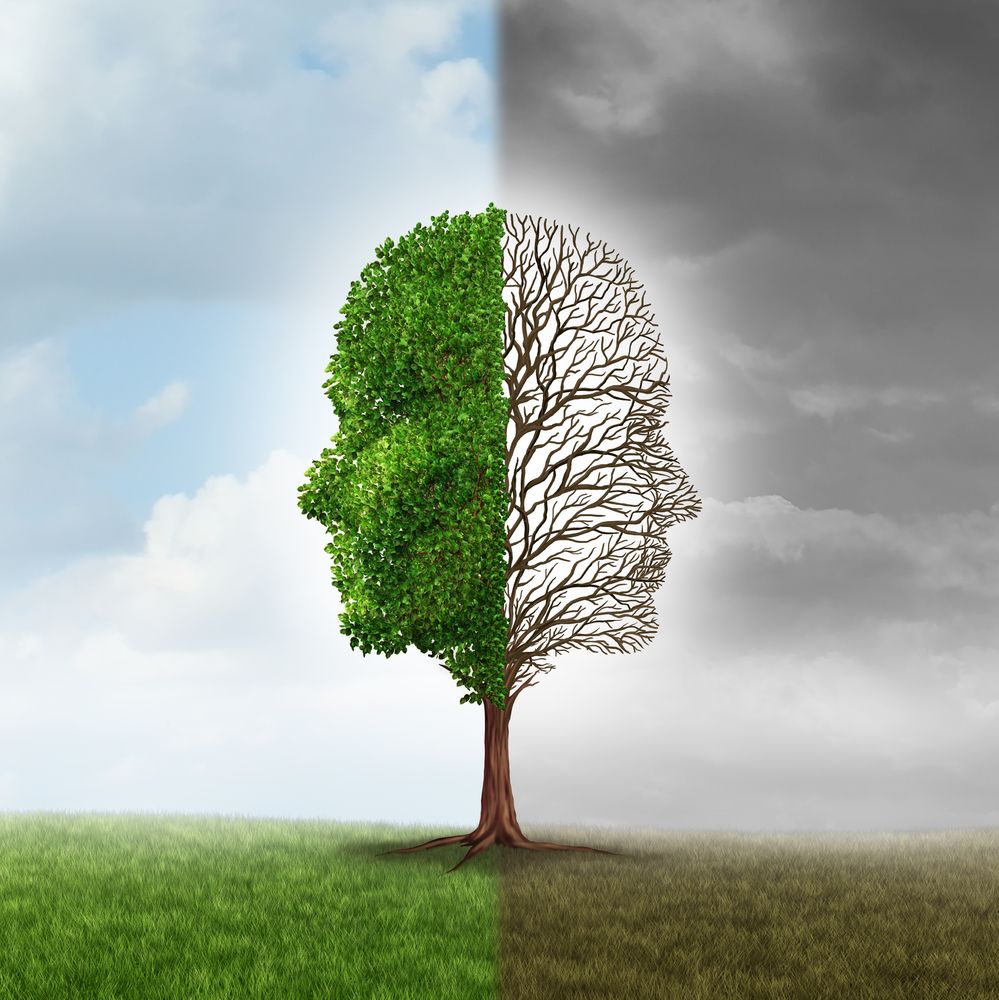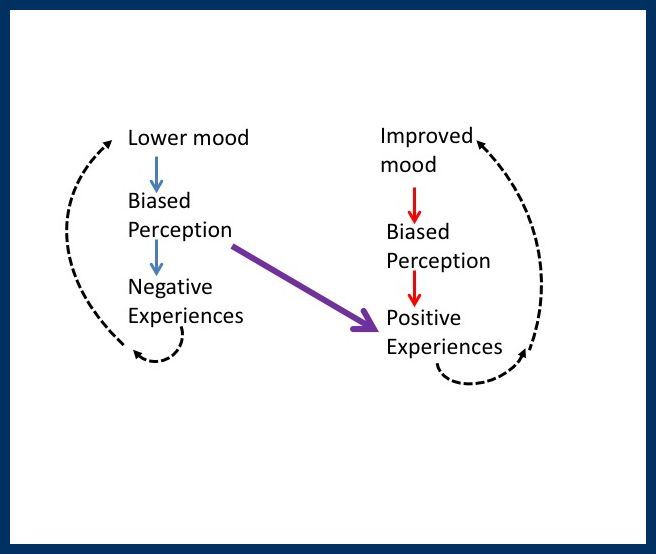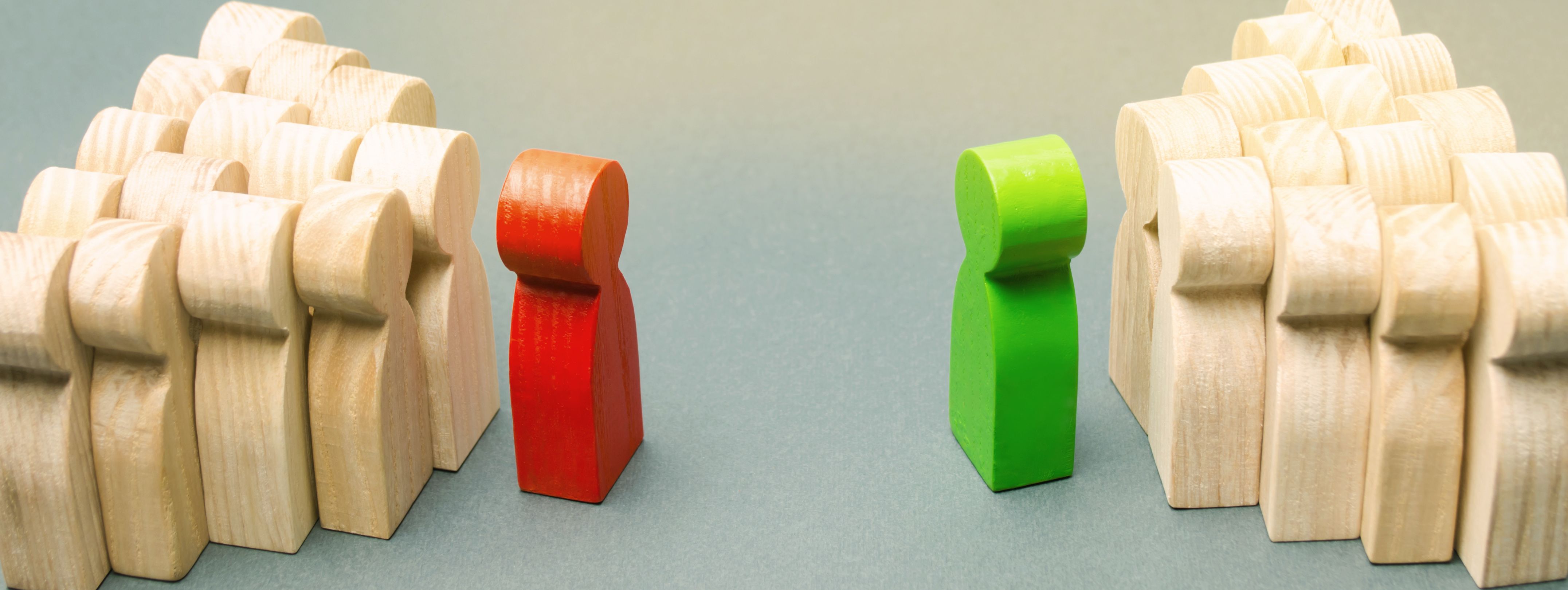Article
Mood Bias: A Partial Explanation of Bipolar Disorder?
Author(s):
A working model that explains how a single shift can produce seemingly opposite symptoms.
©Lightspring/Shutterstock

Figure. Cycling model

Luis, cold from cleaning up the garden in winter, turns the thermostat to 72 trying to warm himself. Joanna then comes in hot from her daily run, and turns it down to 68 again. Luis feels even colder, checks the thermostat, and in irritation, turns it up to 74 (in part to protest!).
Luis’s and Joanna’s body temperatures have biased their perception and their behavior. The usual “negative feedback system” of the thermostat has temporarily become a positive feedback loop: their experience and their behavior are driving their house temperature to extremes. Recent data suggest a similar mechanism might help explain manic and depressive mood shifts.
People with bipolar disorder and their first-degree relatives are more sensitive to life’s rewards than are controls.1,2 But how might that difference create the opposite mood symptoms of mania and depression?
A model for cycling
As has long been recognized, mood itself can alter the experience of reward: when mood is good, a small positive event can be experienced as a greater positive than when mood is bad-eg, discovering that your roommate has turned up the thermostat in advance of your return from a frigid outdoors. On a bad day, you might even think “we agreed not to do that!” instead of focusing on her gracious anticipation of your needs.
As you also know, life is dealing out good as well as bad cards all the time. Granted, some people get far more bad cards than others: they are not being dealt to from the same deck as we far more privileged few. Nevertheless, even for the less fortunate, life still offers a variety of experiences, good and bad events.
Now see the Figure. Starting on the left: suppose you are slightly biased to experience some good events as bad, eg, to think your mother’s smile is sarcastic and critical, when it was actually a display of pride. This could drive your mood down, just slightly. Now, the critical step: suppose this worsening mood further biases perception: eg, now everything that your mother says feels like criticism. This will increase your experience of negative events and might further drive down mood. This is a “positive feedback loop,” like Joanna turning the thermostat down when Luis is still cold, worsening his problem. His response-turning the thermostat further up-is exaggerated compared to his initial step.
Eventually, the furnace will kick in and Luis will feel warmer. Eventually the room will get too warm, even for him, and he will turn the thermostat down. Similarly, after you misinterpret your mother, eventually your mood bias could become so extreme that your expectations of reward become overly low. At that point even a neutral event might be experienced as a positive-the purple line in the middle of the Figure. The resulting slight upward shift in mood could then decrease your negative bias, allowing more neutral experiences to be experienced as positive, or more true positives to be experienced as such. Now the positive feedback loop is operating in the opposite mood direction.
If this goes on too long, however, your bias in perception could become overly positive: eg, now you think your mother is fully approving of the dinner you just presented, missing the slight frown. If this positive bias persists, it could create a positive feedback loop in the opposite direction, pushing your mood toward hypomania and mania (eg, thinking everyone loved the dinner, and you should throw another party soon, a bigger one).
As in the depression loop, the model predicts that eventually your overly positive bias in perception shown on the right side of the Figure will lead to neutral events being experienced as negative (eg, when the next dinner doesn’t come off, people finding excuses not to show up), turning the positive feedback loop in the opposite direction. Now the purple arrow would reverse direction, and another depressive phase could ensue.
Just a theory?
If this model is valid, the magnitude of individuals’ mood swings should correlate with the magnitude of their reward bias. Sure enough it does. In a study of mood and reward sensitivity published in Nature Communications (full text online), Eldar and Niv3 showed that subjects who scored high on a scale of hypomania exhibited a greater mood shift when they got an unexpected outcome in a gambling game than those who scored low on the hypomania scale. They showed the same relationship using brain imaging of the ventral striatum: the higher the hypomanic scale score, the more striatal responses shifted in response to game outcomes (P < .005, even in a relatively small sample).
Based on this and other research, these authors recently put forth the model shown here in the Figure.4 It won’t explain everything about bipolar disorders, of course. Variations in circadian rhythmicity aren’t accounted for, nor how life experience might alter genetic vulnerability. But it’s nice to have a working model that explains how a single shift can produce seemingly opposite symptoms.
References:
1. Meyer B, Johnson SL, Winters R. Responsiveness to threat and incentive in bipolar disorder: relations of the BIS/BAS scales with symptoms. J Psychopathol Behav Assess. 2001;23:133-143.
2. Johnson SL, Edge MD, Holmes MK, Carver CS. The behavioral activation system and mania. Annu Rev Clin Psychol. 2012;8:243-267.
3. Eldar E, Niv Y. Interaction between emotional state and learning underlies mood instability. Nat Commun. 2015;6:6149.
4. Mason L, Eldar E, Rutledge RB. Mood instability and reward dysregulation-a neurocomputational model of bipolar disorder. JAMA Psychiatry. 2017;74:1275-1276.






